

Petrochemical
Polyolefin
Polyolefins are the largest group of thermoplastics, with the two most popular types being polypropylene and polyethylene, due to their wide variety of applications. Polyolefins are polymers formed from simple olefins such as ethylene, propylene, butenes, isoprenes or pentenes, or from copolymers and derivative modifications
Polyolefins are the largest group of thermoplastics, with the two most popular types being polypropylene and polyethylene, due to their wide variety of applications. Polyolefins are polymers formed from simple olefins such as ethylene, propylene, butenes, isoprenes or pentenes, or from copolymers and derivative modifications
There are several variations of linear low density polyethylene (LLDPE), from Octene C8, Hexene C6 and Butene C4, of varying densities: from high (up to 0.941g/cm3) to very low (0.905 g/cm3). LLDPE is used for film extrusion, blow moulding, rotomould- ing and injection moulding for packaging food, frozen food, radiation heating pipes and cosmetic and pharmaceutical appli- cations.
There are several variations of linear low density
polyethylene (LLDPE), from Octene C8, Hexene C6 and
Butene C4, of varying densities: from high (up to 0.941
g/cm3) to very low (0.905 g/cm3). LLDPE is used for film
extrusion, blow moulding, rotomould- ing and injection
moulding for packaging food, frozen food, radiation heating
pipes and cosmetic and pharmaceutical appli- cations
There are several variations of linear low density
polyethylene (LLDPE), from Octene C8, Hexene C6 and
Butene C4, of varying densities: from high (up to 0.941
g/cm3) to very low (0.905 g/cm3). LLDPE is used for film
extrusion, blow moulding, rotomould- ing and injection
moulding for packaging food, frozen food, radiation heating
pipes and cosmetic and pharmaceutical appli- cations
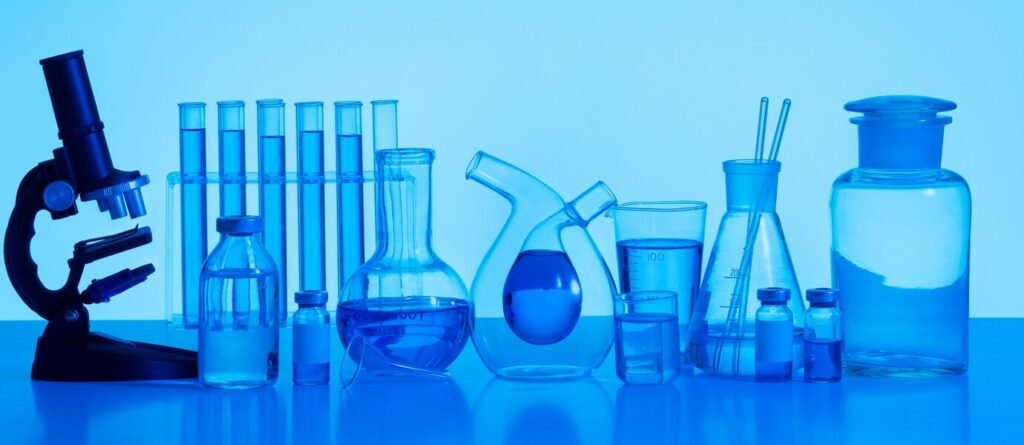
Petrochemical
Polyolefins are the largest group of thermoplastics, with the two most popular types being polypropylene and polyethylene, due to their wide variety of applications. Polyolefins are polymers formed from simple olefins such as ethylene, propylene, butenes, isoprenes or pentenes, or from copolymers and derivative modifications
There are several variations of linear low density
polyethylene (LLDPE), from Octene C8, Hexene C6 and
Butene C4, of varying densities: from high (up to 0.941
g/cm3) to very low (0.905 g/cm3). LLDPE is used for film
extrusion, blow moulding, rotomould- ing and injection
moulding for packaging food, frozen food, radiant heating
pipes and cosmetic and pharmaceutical appli- cations.
Both ULDPE (ultra low density polyeth- ylene) and VLDPE
(very low density poly- ethylene) are basically LDPE with
densities below 0.880 g/cm3. ULDPEs are mainly used as
impact modifiers for other poly- olefins.
These polymers are high performance, new generation
polyethylene (PE), also called Linear Metallocenes. They
are used in a large number of film applications, such as
packaging, agriculture, construction and building and
industrial applications. They offer great performance,
significant- ly improving the general properties of PE and
providing added value to the product manufactured
MDPE is a thermoplastic within the polyeth- ylene
family with a density of 0.926-0.940 g/cm3, which is
less dense than the more common HDPE.
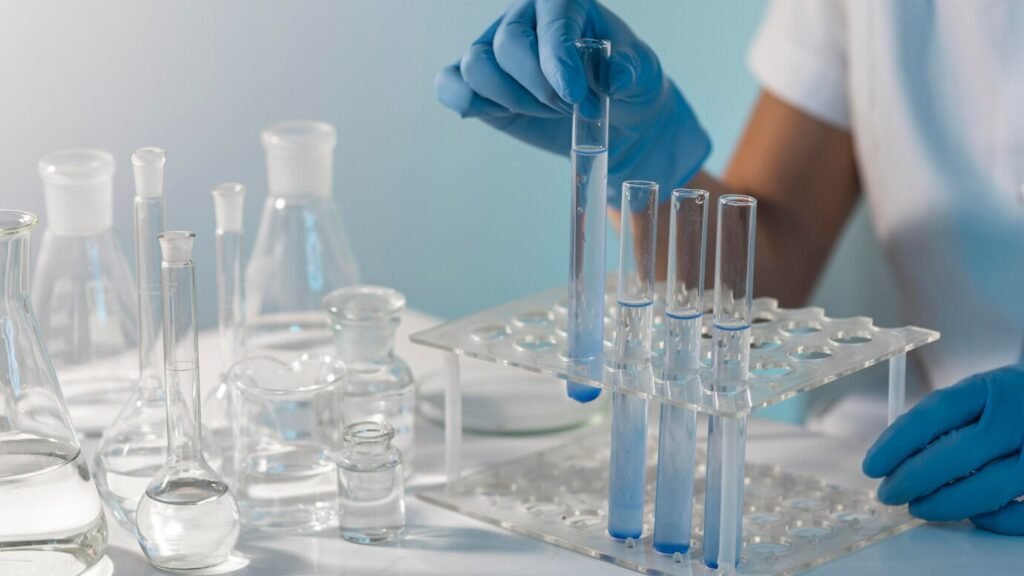
Petrochemical
Polyolefins are the largest group of thermoplastics, with the two most popular types being polypropylene and polyethylene, due to their wide variety of applications. Polyolefins are polymers formed from simple olefins such as ethylene, propylene, butenes, isoprenes or pentenes, or from copolymers and derivative modifications
A versatile thermoplastic polymer witha great
cost/performance ratio. Its general hardness,
flexibility and impact resistance at low temperatures
make it ideal for con- sumer and industrial products.
By comply- ing with FDA regulations it is appropriate
for food and medical applications.
HDPE resins are the choice for many appli- cations due
to their resistance to cracking, rigidity and ability to
withstand high tem- peratures and deformation. They
provide a great range of properties for almost any blow
moulding process for hollow bodies.
HDPE resins are used in blown film appli- cations
whererigidity and low thickness are very important. The
composition of HDPE offersoptimum performance fea-
tures for blown film processes
Notable mainly for its strength, low cost and impact
resistance.
P O L Y O L E F I N S
EVA
EVA is an elastomer used to produce materials that look “rubbery” due to their softness and flexibility. The vinyl acetate content determines the degree of elastici- ty; it also has good transparency and gloss and resistance at low temperature to stress cracking and UV radiation. EVA has a slight characteristic odour of vinegar (acetic acid) and competes with rubber products, as well as with certain polymers in many
PPC
Polypropylene copolymer (PPC) isabit softer, buthas better impact resistance, is stronger and more than poly- propylene homopolymer (durablePPH). It tends to have a better resistance to stress cracking and a lower strength at temperature than the homopolymer, with other slight reduc- tions in the performance of other proper- ties.
PPH
Polypropylene is an economical material that offers a combination of excellent phys- ical, mechanical, thermal and electrical properties not found in any other thermo- plastic. Compared with low or high density polyethylene, it has lower impact resis- tance, but a higher temperature resistance and higher tensile strength. Polypropylene homopolymer (PPH) is the most used. It has a high strength/weight ratio and is more rigid than the copolymer. This, com- bined with good chemical resistance and weldability.
POEs and POPs
These are PP elastomers with a molecular structure of propylene and ethylene mono- mers integrated in the molecular chain hav- ing very diverse applications. The ethylene content determines the degree of elasticity and they have the advantage of being able to be mixed withPEand PP of all kinds.
PP Compounds
Polypropylene compounds are thermoplastic resins produced using a mixture of one or more base polyolefins with various components, such as impact modifiers, fill- ers and strengtheners (e.g. mineral fillers and glass fibre), pigments and additives. These polypropylene compounds offera wide range of features and are used in a wide variety of applications
PPC RANDOM
Random PPC, unlike PPC, has the comono- mer units arranged in irregular or random patterns along the polypropylene mole- cule. They are generally selected for applications where a more malleable and more transparent product is desired, although with les
S T Y R E N I C S
Styrene polymers take styrene as a monomer. Polystyrene (PS) is the main polymer in this category by volume of consumption, followed by acrylonitrile butadiene styrene (ABS). Polystyrene properties make it ideal for a large number of applications in many industries, such asconstruction, packaging and consumer goods.
GPPS
With its transparency Polystyrene provides relatively good strength and weatherability. It flows easily, making it suitable for use in moulding for the manufacture of products such as toys, CD-DVD cases and plastic cups. It
HIPS
High impact polystyrene (HIPS) consists of clear PS and rubber which makes it opaque and white. It is a versatile, economical and impact resistant polymer that is easy to process. It is frequently used in the processing of semi-finished prototypes, as it has excellent dimensional stability and is easy to transform, paintand stick.
MABS
Transparent ABS (M-ABS) provides excel- lent transparency as well as good mechan- ical properties. It is used in various applica- tions requiring transparency like electronic devices, frames and panels, householding. Processing and moulding conditions are similar to ABS
SAN
Styrene acrylonitrile (SAN) has moderately low ductility compared with other thermo- plastics, and is very commonly used in- stead of polystyrene due to its higher ther- mal resistance.
ABS
Acrylnitrile Butadiene Styrene (ABS) is an amorphous Terpolymer with good strength and impact properties and allows process- ing to applications with glossy surface like automotive parts, toys, housing, household and consumer goods.
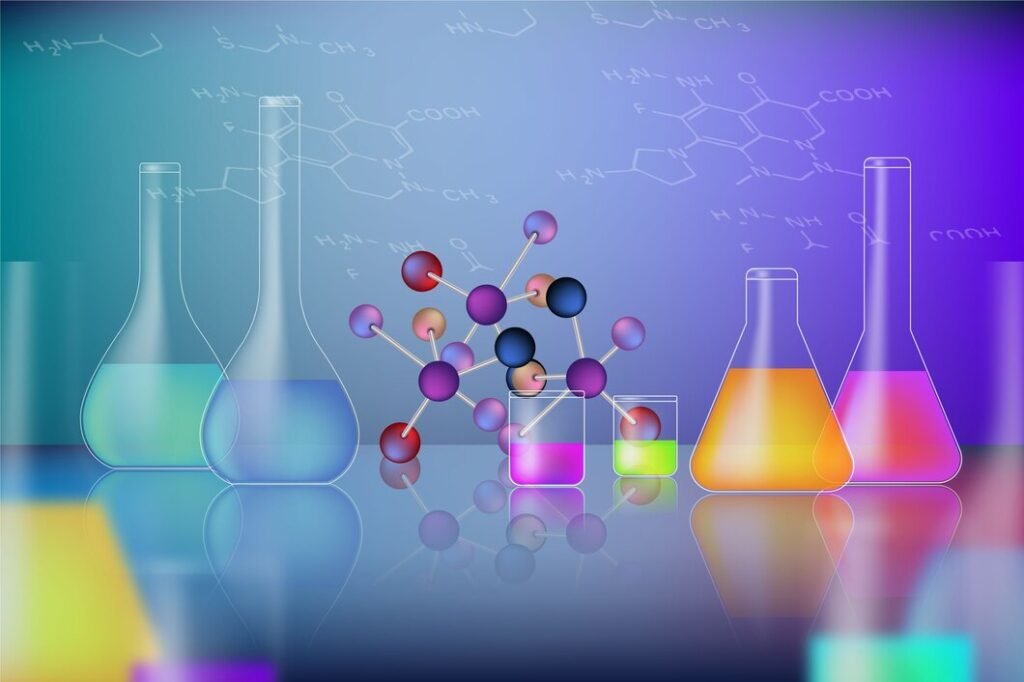
ENGINEERING POLYMERS
Engineering polymers are a group of plastic materials that have improved mechanical and thermal properties that make them ideal for all types of engineering applications, replacing traditional materials equal or greater in weight, hardness orotherproperties, whilebeingmuchsimpler tomanufacture, especiallywith complex shapes.
Blends
A polymer mixture ("alloy") is the combination of two or more polymers that fuse to create a new material with different physical properties. Polymer blends are an effective method of developing new polymer-based materials for a wide range of applications. The key to their proper use is to adjust the properties of the new material by appropriate selection of the component polymers.
PA 6
This semicrystalline thermoplastic is one of the most widely used engineering thermoplastics by providing well balanced properties in strength, stiffness and chem- ical resistance. It has improved surface appearance and processability compared to PA 66 but lower modulus and absorbs moisturemore rapidly. PA 6can be pro- cessed by extrusion (e.g. fibres, profiles) and injection.
PC
Polycarbonate is a transparent thermoplastic with excellent impact resistance. Its high performance properties make it the leading plastic for various applications requiring high operating temperatures and safety features. Polycarbonates are unique in their working temperatures and in their ability to experience minimal degradation between heating and cooling points.
PA 6.6
PA 6.6 offers an excellent balance of me- chanical properties (strength, stiffness, impact) and heat / chemical resistance. Therefore PA 6.6 very often is considered as an outstanding candidate for metal re- placement.
PA Compounds
Polyamides (PA) can be modified with fillers, fibers, internal lubricants, impact modi- fiers etc. to improve mechanical properties, heat and chemical resistance or process- ability depending on the demand of end- use and application requirement..
POM H
POM H has a higher mechanical strength, rigidity, hardness and creep resistance than POM C, and a lower coefficient of thermal expansion.
OTHER POLYMERS
Product Line –Homecare & Industrial Cleaning
Acid
Boric Acid Citric Acid Formic Acid GluconicAcid 50% Glycolic Acid 70% E Nitric Acid 60-62% Oxalic Acid Tech. Grade Phosphoric Acid Phosphorus Acid 99% P-toluenesulfonicAcid 65% SulfuricAcid 98-99%
SURFACTANTS
Alkyl Polyglucoside Alpha Olefin Sulfonate BKC 50% & 80% Coco Monoethanolamide Cocoamido Propyl Betaine DDAC 80% Lauryl Amine Oxide Sles 28% & 70% Sodium Cocoyl Glycinate / Isethionate Sodium Lauroyl Sarcosinate Sodium Lauryl Sulfate Sorbitoan Mono Laurate / Oleate / Stearate
Oleochemicals
Glycerine 99.5% Glyceryl Monostearate Isopropyl Myristate Isopropyl Palmitate LauricAcid Myristic Acid Natural Alcohol Oleic Acid Palmitic Acid Palmitic Acid Soap Noodles Stearic Acid
Product Line –Homecare & Industrial Cleaning
Biocides
Benzalkonium Chloride 50%
Benzalkonium Chloride 80%
Bronopol
CIT/MIT
DBNPA
Glutaraldehyde
Phosphate Salt
Mono Sodium Phosphate
Sodium Tripoly Phosphate
TetrapotassiumPyrophosphat
TKPP Anhydrous
TKPP Sol 50%
TrisodiumPhosphate
Chelating Agent
EDTA Disodium
Sodium Tripoly Phosphate
GLDA
HEDP 60%
NTA Acid
NTA Trisodiu
Product Line –Homecare & Industrial Cleaning
Preservative
Ethyl Paraben
Methyl Paraben
MIT
Phenoxyethanol
Propyl Paraben
Sodium Benzoate
Silicone Oils
Cyclopentasiloxane
Cyclopentasiloxane& Dimethicone
PDMS 35-120000cst
Enzymes
Amylased
Cellulases
Lipases
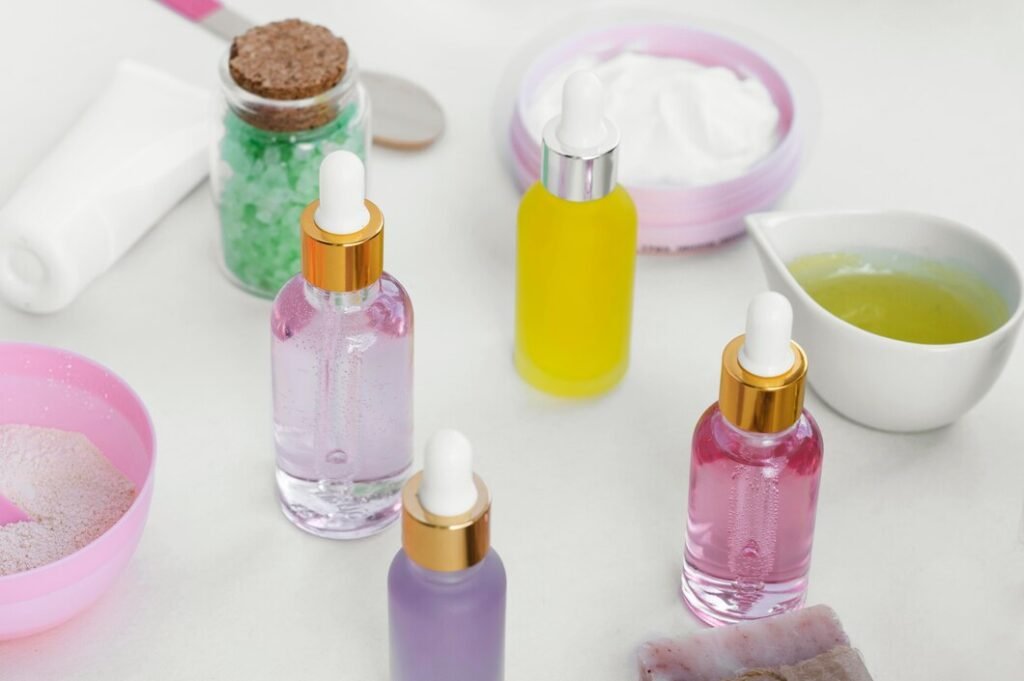
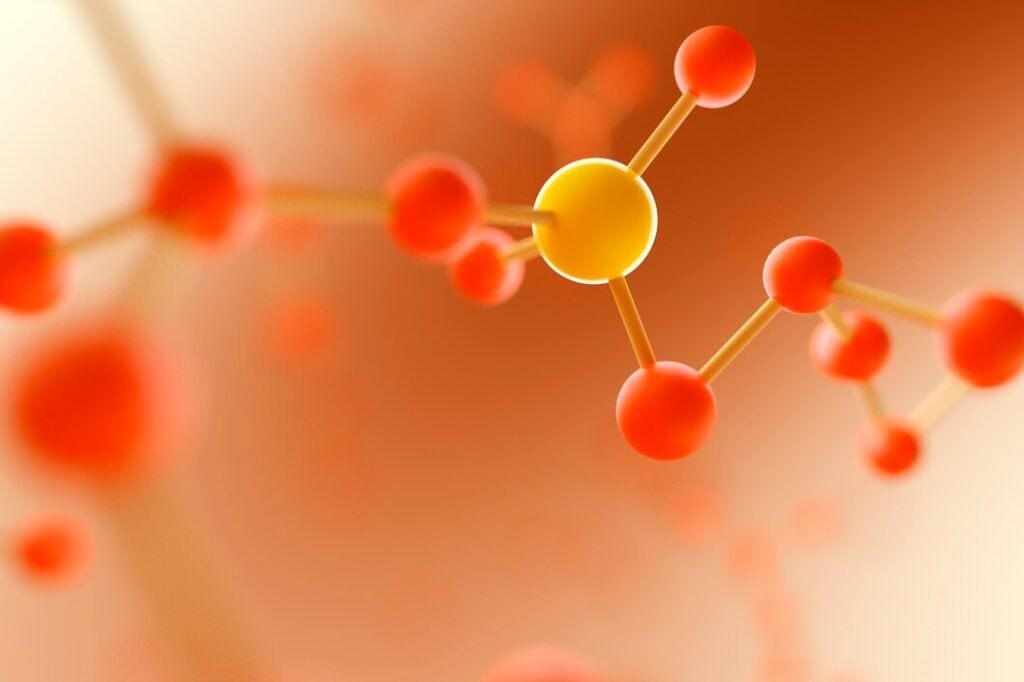

Product Line –Homecare & Industrial Cleaning
WHITENING Agents & Activators
Hydrogen Peroxide 30%
Hydrogen Peroxide 35%
Hydrogen Peroxide 50%
Sodium Gluconate
Nonanoyloxybenzenesulfonate (NOBS)
Sodium Percabonate
Tetraacetylethylenediamine(TAED)
Silicone Oils
Ammonium Bicarbonat
Caustic Soda Flakes & Sol 50%
Citric Acid
Lactic Acid
Potassium Carbonate
Potassium Hydroxide Flakes & Solu 50%
Soda Ash Dense/ Light
Sodium Carbonate
Sodium Metasilicate
Boric Acid
Enzymes
Boric Acid
Boric Acid
Boric Acid
HASE Acid/Acrylate Copolymer
HydroxyPropyl Methyl Cellulose
MonoethanolamineSalt
Sodium Chloride
Triethanolamine
XanthamGum